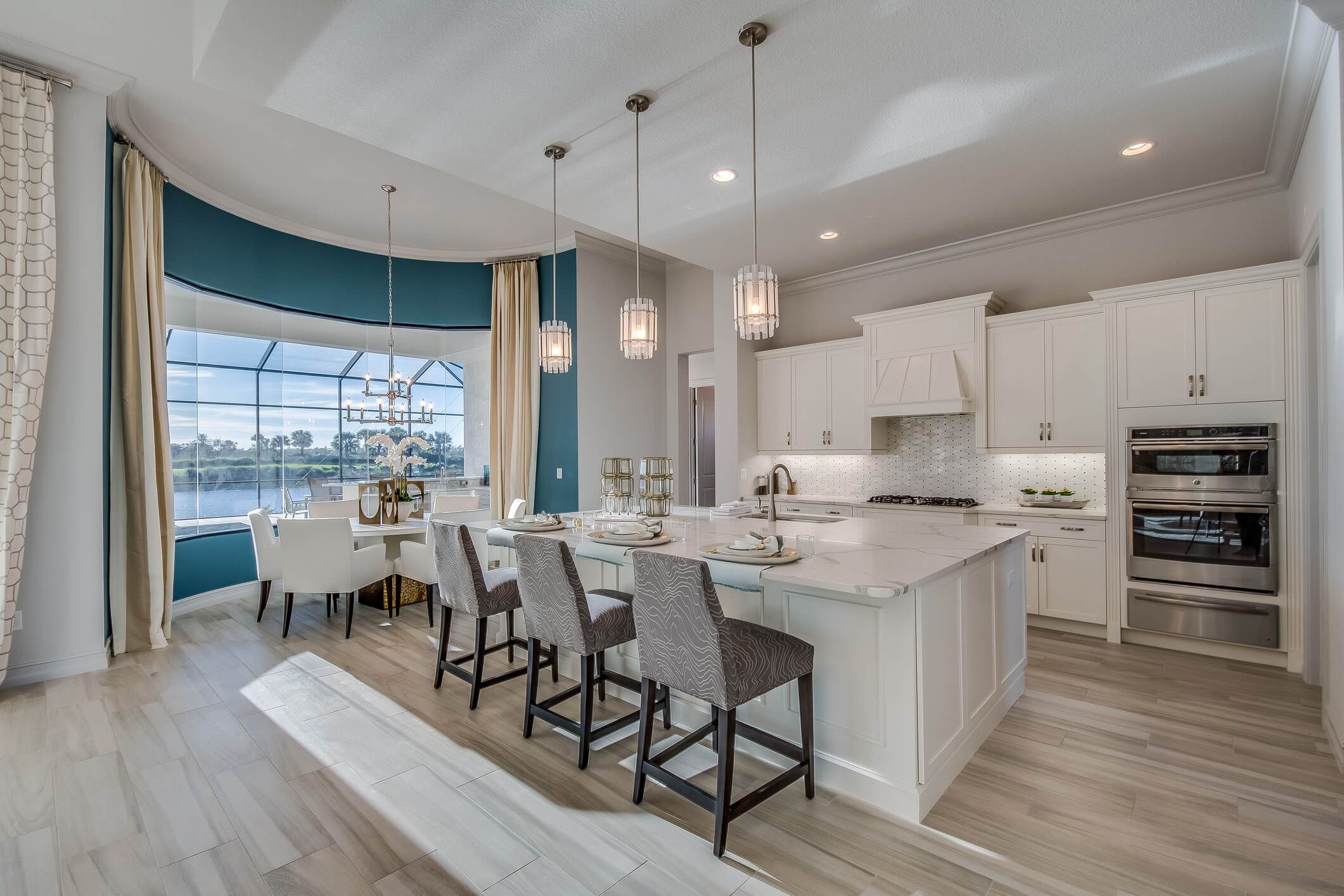Categories
Buying in Western North Carolina, Real Estate MarketPublished September 30, 2025
Mortgage-Rate Whiplash: What a 1% Move Means in 2025
.jpg)
A 1% Drop in Rates Isn’t Just a Number — It’s the Key to Your Next Home
Even a 1% change in mortgage rates can shift your monthly payment by hundreds of dollars — enough to impact your approval amount, your home choices, and your long-term financial outlook. In a market as volatile as today’s, understanding how rates affect real buying power isn’t just helpful — it’s essential.
Imagine walking into a store where the price tag on something big — say a car or a new roof — changes by hundreds of dollars depending on what time you show up. That’s essentially what’s happening in the housing market right now.
Mortgage rates have shifted, and for serious buyers, that shift isn’t just background noise — it’s the deciding factor in whether you’re able to move forward or have to press pause for another year.
As of September 25, 2025, the average 30-year fixed mortgage rate has dropped to 6.30%. That’s a full percentage point down from the summer high of 7.3%, and buyers are paying attention. According to Freddie Mac and the Mortgage Bankers Association, mortgage purchase applications are up 18% from this time last year. That tells us people are watching the same numbers you are — and many are jumping in before they move again.
Why did rates drop?
In simple terms: the Federal Reserve held rates steady in their September meeting, signaling that they’re adopting a “wait and see” approach as inflation continues to cool.
That led to a drop in Treasury yields, which often pull mortgage rates down with them. But the big takeaway here is this: the market is shifting, and smart buyers are adjusting their strategies.
Let’s look at what that actually means for your monthly mortgage. If you're borrowing $400,000, a 7.3% rate puts your monthly principal and interest payment around $2,746. At 6.3%, that number drops to $2,480. At 5.5%, it falls even further to about $2,271.
That’s a monthly difference of $266 between the summer peak and today. Over a year, that’s more than $3,000 — money that could go toward home improvements, childcare, savings, or simply breathing room in your budget.
Here’s another way to think about it: that same rate shift might change how much home you can afford. A $400,000 approval at 7.3% might only stretch to $370,000 if your debt-to-income ratio tightens. But at 6.3%, you could qualify for closer to $430,000. That can be the difference between settling for a home that’s “okay” or moving into something that truly fits your needs.
So, what’s the smartest move in this environment? That depends on where you’re coming from.
If you’re a first-time buyer, you’re probably watching these rates closely and wondering whether to jump in or wait for them to drop further. One powerful tool in your corner right now is the rate buydown — especially temporary ones like 2-1 or 1-1 buydowns that sellers may be willing to cover.
These can reduce your early payments significantly. It’s also worth asking lenders about float-down options, which allow you to lock a rate today but take advantage of a lower one if rates drop before you close. And here’s a question to ask yourself: are you focused on price, or on monthly cost?
Many buyers assume a price drop is the win, but in this rate-sensitive market, a lower interest rate often delivers bigger savings over time.
If you’re a move-up buyer, odds are you’re sitting on a mortgage rate in the 2s or 3s. That makes it hard to give up your current loan — but it’s not the whole picture. Inventory is rising in many areas, which means more choices and potentially softer pricing. If your family needs more space, or your life stage is changing, this could be your window to act while rates are still lower than they were a few months ago.
Bridge loans and contingent offers can help smooth the transition if you need to buy before you sell.
The key is to look at the full equation: sale proceeds, purchase price, and long-term monthly cost.
Locally, we’re seeing some signs of movement. In Buncombe County, median sales prices have inched up just 2.1% year over year, suggesting prices are stabilizing.
In Henderson County, new listings jumped 22% in August, which means more selection for buyers — but also more pressure on sellers to negotiate. It’s a dynamic market, and strategy matters.
If you’re an investor, this environment requires more precision than ever. A 50 to 100 basis point shift in rates can compress cap rates by up to 1.5%, squeezing cash flow and making underwriting tougher. Conservative debt service coverage ratios (DSCR) — ideally 1.25x or higher — are essential if you want to build resilience into your portfolio.
One compelling tactic for investors is to pursue assumable FHA or VA loans, especially from sellers who locked in rates between 3–4% before 2022. Yes, the cash-to-close can be higher, but the monthly savings often make up for it quickly.
Across all buyer types, it’s critical to know your tactical options.
Permanent buydowns can offer long-term savings, but you need to calculate the breakeven point — usually between five and seven years.
Temporary buydowns work well if you plan to refinance in the near future or expect income growth. Assumable loans are back on the table, especially with older FHA/VA financing in place, but be prepared for paperwork and possible delays.
Wondering whether to lock in your rate or float? If you're already under contract, lock it in. If you're still house-hunting, talk to your lender about rate alerts and float strategies. The market can shift quickly, and even a 0.25% change can alter your monthly payment by $50–$100.
Every buyer wants to time the market perfectly, but the truth is — you don’t need to. You just need to understand what today’s numbers mean for your specific situation.
Ask yourself: Can I afford this payment at 6.3%? How would that change if it creeps back up to 7%? What happens to my budget, my approval amount, or my home options if I wait?
Let’s look at one real-world example. Buyer A locks in at 6.3% and buys a home for $425,000. Their monthly payment comes to about $2,636. Buyer B waits a few months, hoping prices will drop. They buy the same house — now reduced to $410,000 — but at a 7.3% rate.
Their payment? $2,820 per month. So even though they paid less for the home, their monthly cost is higher. Buyer A ends up with more house and a lower payment — because they acted when rates dropped.
In markets like this, hesitation can be expensive — and not just in dollars. It can cost you the right house, the ideal neighborhood, or the lifestyle you’ve been working toward.
So, what’s your next move?
Whether you're actively searching, prepping to list, or just trying to make sense of it all, now is the time to get specific. Let’s run the numbers together — not just at today’s rate, but at 6.0%, 6.5%, and 7.0% — so you can see what fits your goals, your budget, and your timeline.
There’s no guesswork needed when you have a clear plan.
This market rewards informed action — and we’re here to help you take that next step with clarity and confidence.
.png)
This article is for informational purposes only and does not constitute financial, legal, or mortgage advice. Always consult with a licensed professional before making a major financial decision.






